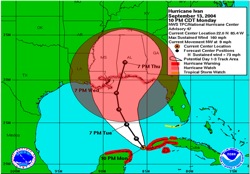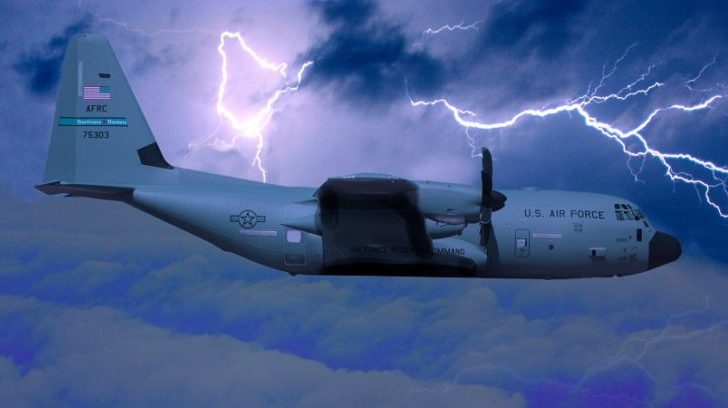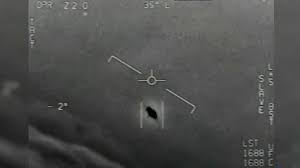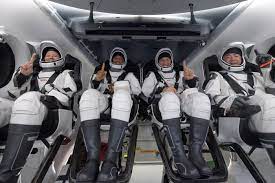Introducing the Hurricane Hunters
America’s lesser-known heroes
This year’s hurricane season is finally coming to a close, bringing relief to millions of Americans. But for the hurricanes hunters, the work is never done.
Who are these brave men and women? They are pilots and scientists, dedicated patriots who fly straight into the world’s deadliest storms.
Hurricane hunting started in 1943 when Lt. Col. Joe Duckworth flew into a hurricane on a dare. Soon afterwards, meteorologists jumped on the opportunity to learn more about the storms. It was soon discovered that flying into hurricanes presented an opportunity to collect the data needed for forecasting these storms.
Today, hurricane hunters are active even with the advent of satellites. Data collected by hurricane hunters improves hurricane forecasting by 30%. This data can only be collected by flying directly into the storms, since satellites can only analyze upper air patterns. If scientists want to assess the weather conditions on the ground – or inside the storm – hurricane hunters are needed to fly inside.

Besides improving forecasts, information collected by hurricane hunters gives meteorologists an idea of what to expect from storms. Scientists aboard the planes determine a storm’s barometric pressure and windspeed. These measurements indicate the strength of a particular hurricane. Meteorologists use wind speed to classify hurricanes into category between 1 to 5.
To collect this data, planes fly directly into the eye of a hurricane. They then launch weather instruments called dropsondes into the eye. These dropsondes transmit data on temperature, wind speed, and pressure. Because dropsondes continuously send data until they hit the surface, scientists can identify conditions on the ground. These are the winds that residents feel when a hurricane makes landfall.
Today, hurricane hunting is split betweenthe 53rd Weather Reconnaissance Squadron (53rd WRS) and NOAA. The 53rd WRS is part of the Air Force’s 403rd wing and is based out of Keesler, Mississippi, while NOAA’s squadron is housed in Lakeland, FL. This year, the 53rd temporarily relocated to Charleston when they were forced to evacuate for Hurricane Laura.
The different hurricane hunters use different planes to collect their data. The 53rd flies WC-130Js, and NOAA primarily flies P-3 Orions. NOAA also employs a G-IV jet to fly above hurricanes and determine where upper-level winds might steer the storms. Jet engines are not used to fly into the hurricanes because navigating the eye requires slower movements.














